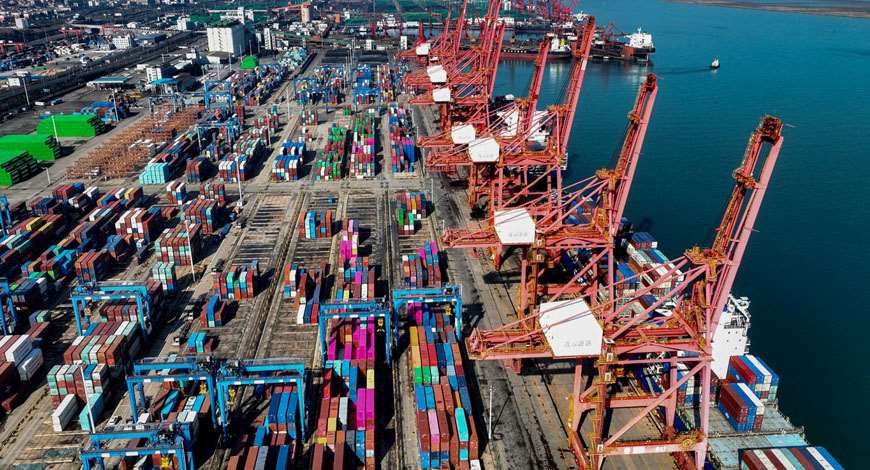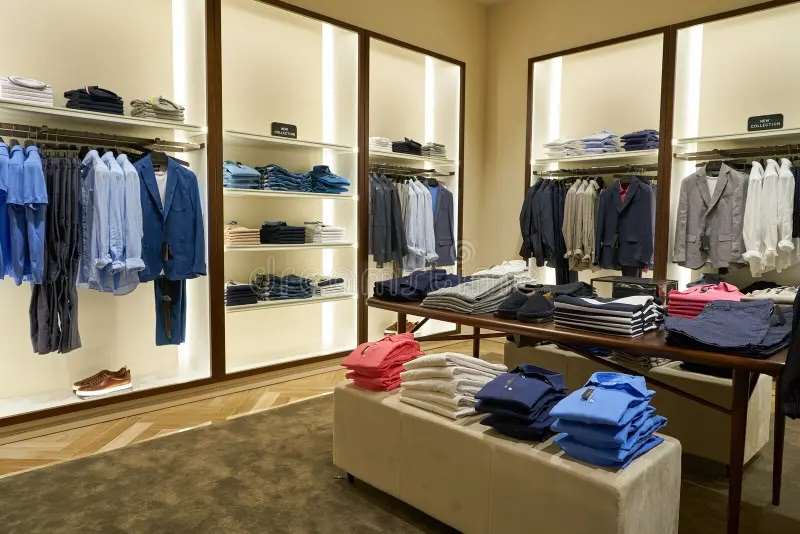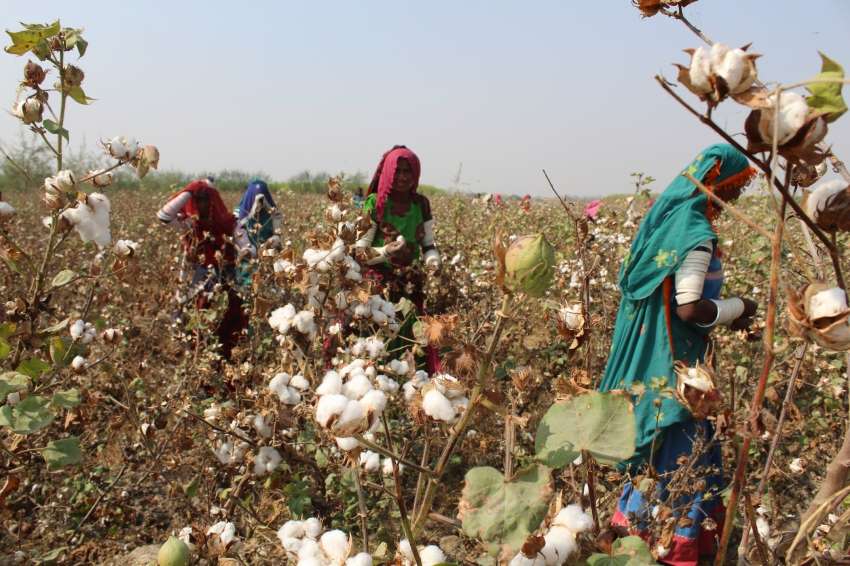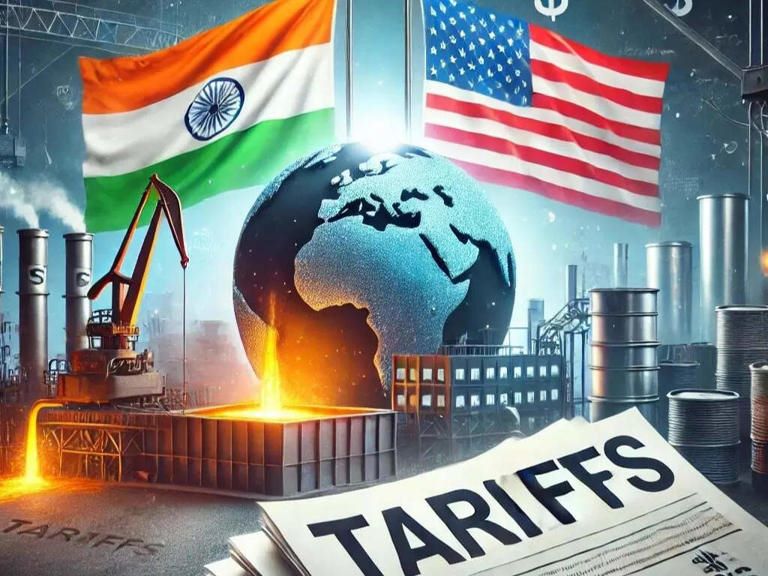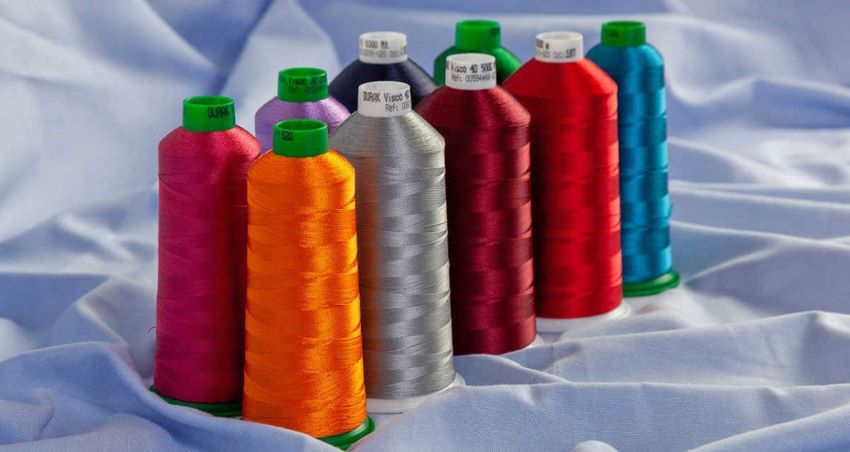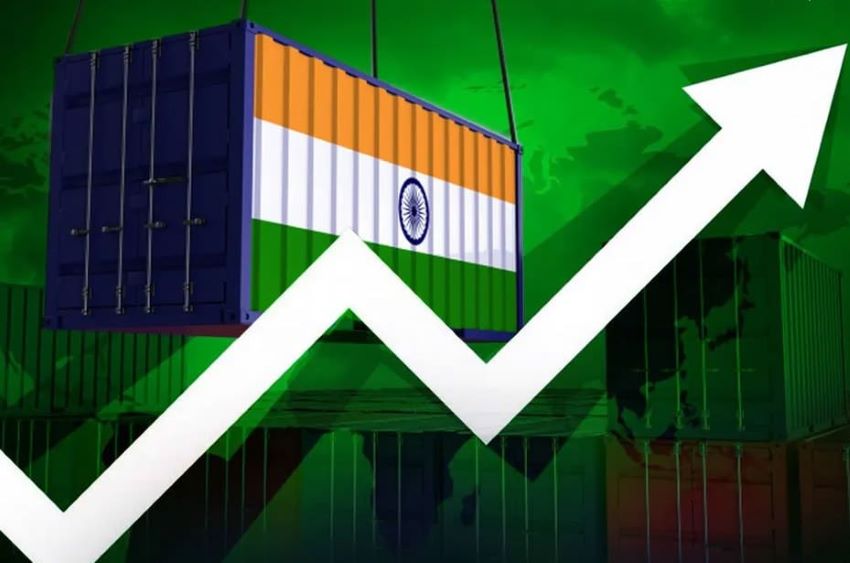FW
The Pakistan Textile Summit 2014 is scheduled for November 27. It will see industry representatives from across the globe. The summit will have keynote speeches and presentations from senior level officials from the government, relevant associations and representatives from local and international textile companies.
The objectives of the summit are to promote the country’s industry, showcasing research and development in the sector. It’s aimed at exploring the latest innovations in machinery and technology, providing a networking opportunity for local and international textile industry professionals. This would, in turn, give Pakistan a first-hand look at what the market wants.
Buyers and professionals from within the country and abroad will be present at the event. The Summit will explore the latest innovation in textile machinery and technology, cater a networking opportunity for local and international professionals, attract foreign investment, increase export and address issues such as the energy crisis.
The Summit, which will be attended by prime minister Nawaz Sharif, is being organised by the Ministry of Textiles in collaboration with the All Pakistan Textile Mills Association, All Pakistan Textile Processing Mills Association, Pakistan Textile Exporters Association and the Pakistan Readymade Garments Manufacturers & Exporters Association.
The textile industry is the mainstay of Pakistan’s economy. It contributes 8.5 per cent to GDP and employs over 40 per cent of the manufacturing sector workforce.
The textile industry in Indonesia is growing steadily. The country wants to become the number one in textile exports by overtaking China, which is shifting its economy from textiles to services. By 2030, Indonesia wants to raise its contribution to global textile exports from 1.8 to 5 per cent.
Domestic sales are forecast to increase by seven per cent this year, following a 10 per cent decline in 2012 to 2013. There is strong domestic demand for Indonesian textile products, despite competition from lower priced, high quality imported textile and textile products. Indonesia currently ranks ninth in global textiles exports. The industry, combining textiles, leather goods and footwear, is expected to contribute 10.7 per cent of non-oil and gas exports in 2014. Indonesia has expressed interest in joining the multilateral Trans-Pacific Partnership, which would open opportunities for higher Indonesian textile exports to Europe.
However, the industry faces tough competition from players in Southeast Asia that have lower production costs and cheaper labor. Vietnam, for example, has managed to carve out a 3.3 per cent share of global textiles and garments exports. Indonesia’s infrastructure costs are high compared to Vietnam and Cambodia. Electricity now accounts for up to 35 per cent of total production costs for textile companies.
The ITMA Future Materials Awards will be held November 26, 2014 in Germany. The awards recognize innovation in the textile industry. Future Materials Award is open to all the end-use sectors for technical textiles as well as materials experts, product developers and designers.
The awards will celebrate winners in 21 categories including best innovation in sportswear, protective, industrial and medical textiles. Awards will also be given for groundbreaking partnership development, best start-up company, and lifetime achievement.
The ceremony will be held in partnership with the Aachen-Dresden International Textiles Conference. This will provide an unparalleled platform to share information, establish partnerships and facilitate networking for companies, suppliers, associations and academics across the entire technical textiles value chain. Delegates to the conference on November 27 and 28 can expect to hear insightful presentations on the latest advances in the fields of textile chemistry, finishing and functionalisation, and textile machinery, manufacturing and composites. Special attention will be given to the topics of composites, membranes and protective textiles.
Future Materials Awards is sponsored by Cordura and Archroma. Since 1960, the technical textiles market has grown five times faster than traditional textiles and is expected to hit 175 billion dollars by 2020. The nonwovens and composite markets are also set to increase significantly. Today, technical textiles use 25 million tonne of fibers, accounting for a third of global production.
www.futurematerialsawards.com/
Centro Seta has introduced a collection of sustainable silk fabrics for autumn/winter 2015-2016. The collection, called Bacx, was developed through extensive technological research to ensure high quality silk fabrics were also sustainable and responsible, and the new range offers complete transparency across all production processes.
Bacx is a complete collection of new generation silks characterized by innovative styles and compositions born of innovative sustainable research, processes and solutions. Centro Seta is an Italian textile company. The transparent traceability of Bacx begins at the source – the raw materials – and crosses the production process all the way to the finished product.
Centro Seta’s new eco-friendly silks are offered in two ranges: GreenFiber and Newlife. GreenFiber range fabrics are created using a new silk yarn derived from recycled production wastes. The Newlife range of high-tech, eco-silk fabrics combines traditional silk with Newlife threads, which are made from recycled bottles. The bottles are transformed into a polymer and then worked into a thread through a mechanical process.
The result is a range of refined, unique and fully sustainable silk fabrics, 100 per cent made in Italy, produced using special, exclusive dyestuffs that ensure good wash fastness properties. The Bacx collection is certified by the Global Organic Textile Standard and is available in a wide variety of colors. For 30 years Centro Seta has been known for style, creativity and production excellence.
Shanghai will host the 25th edition of Spinexpo from March 9 to 11, 2015. This is a yarn, knitwear and knitted fabric trade fair. It will feature Spring/Summer 2016 trends and products. The S/S 2016 color preview can be seen in an animated mood-board with beautiful visuals overlaying one another, providing direction for colors and surfaces. Focusing on four color palettes, they are divided into warm jewel tones for friendships, cool blues and greens for conscience, neutrals with warm accents of red for senses and a whitened and icy palette for experiences.
The fair has become an international meeting place for manufacturers of ready-to-wear. Among the exhibits are flat-bed and circular knits, wovens, hosiery and new warp seamless knits, fibers and yarns for knitwear, weaving and hosiery, as well as knitwear collections from leading international manufacturers.
Spinexpo takes place twice a year in Shanghai and once a year in New York. It also features seminars and covers creative machinery for knitwear and circular knits. The event presents international top level offer in the field of fibers, yarns for knitting, circular knit and weaving (fabrics and upholstery), socks, laces, labels and technical textiles.
www.spinexpo.com/
For the January to September period, Lenzing saw a 16 per cent drop in profits. Sales were down 6.2 per cent. Lenzing is a specialist in cellulose fibers. The company has to deal with increasingly dropping prices of materials. The drop in prices is not entirely compensated for by the increase in the production of fibers and the volumes sold.
The Lenzing group is based in Austria. It supplies the global textile and nonwovens industry with high-quality man-made cellulose fibers. The portfolio ranges from dissolving pulp, standard and specialty cellulose fibers to engineering services. With 75 years of experience in fiber production, Lenzing is the only company worldwide combining the manufacturing of all three man-made cellulose fiber generations on a large industrial scale under one roof – from the classic viscose to modal and lyocell fibers.
As a fiber producer, Lenzing is at the beginning of a long value creation chain in the textile industry. Although this chain is substantially shorter in the nonwovens segment there are still multiple stages between fiber production and the end consumer. The Lenzing business model involves push and pull marketing, where different links in the value chain become involved up to the retail level.
www.lenzing.com/
Peru has emerged as a sourcing center, as a quick-turn, high-quality manufacturing locale with model compliance standards and workmanship unmatched among many of its regional competitors. Other advantages are its homegrown pima cotton, its proximity to and duty-free trade privileges with the US.
The country produces high-end and mid-tier blends, most often using modal, micro modal, tri-blends, polyester, cotton, pima and Supima. Knits are a key specialty in Peru. Owing to its high-quality manufacturing, Peru has lured major brands like Polo Ralph Lauren, Marc Jacobs, Hugo Boss, John Varvatos and Lacoste.
Many factories in Peru are equipped for advanced processes and finishes like mercerization and techniques to minimize fabric shrinkage, and the care with which factories handle the product has been key for these high-quality brands. For brands doing cotton and cotton blend knits, control of shrinkage is very important. Peruvian factories can panel wash the fabric, then leave it to relax before they cut, therefore controlling the shrinkage much better than just fabric roll washing. The country also enjoys free trade with Canada, Europe, China and Japan, among others.
The country’s duty free status is a big plus, especially if the brand is making rayon-rich products. Mills in Peru are starting to develop more and more rayon-rich blend knits in an effort to capture this business, which is still largely Asia based.
Major cotton producers like China, India and Pakistan are taking measures to help cotton growers. They are reacting to falling cotton prices by market intervention or insulating farmers by offering subsidies.
Cotton prices have fallen 25 to 30 per cent across markets. Cotton-2 contract, which is traded on global exchanges and is a benchmark for global prices, peaked around May 5th this year, and has fallen 30 per cent since then. India, China and Pakistan together produce 60 per cent of the world’s cotton.
China has cut cotton purchases significantly. The Cotton Corporation of India has been actively buying under a market intervention scheme and has also beefed up storage for which the government has arranged a line of credit. The Trading Corporation of Pakistan, which has not purchased cotton since 2005-06, will buy about one million bales of lint this month at the announced minimum support price.
Cotton consumption, especially by mills, is projected to go up this season. However, in most places, mills are waiting for prices either to fall or stabilize. The situation is the same in India as cotton will be available cheap for some more time and mills are in no hurry to buy now.
Exports of apparel products from Bangladesh are losing out to competition from Vietnam, Cambodia, India and Indonesia. The declining trend is expected to continue in the months to come unless measures are taken to bring back buyers’ confidence. Already some American retailers are relocating orders elsewhere. Buyers are continuing to wait for the inspection report of Alliance, hitting exports to the US market. They want a certificate issued by Alliance that the relevant factories in Bangladesh are free from fault.
Alliance has already completed safety assessment of garment factories in Bangladesh. For the seventh month running, the country’s readymade garment exports to the US have slipped while those of other four countries saw strong double-digit growth. The two largest apparel suppliers to the US continue to be Vietnam and China. Readymade garments make up around 80 per cent of the total merchandise exports from Bangladesh.
Vietnam continues to benefit as both producers and buyers diversify their supply chains. Its apparel business is also being buoyed by the expected benefits of the proposed Trans-Pacific Partnership trade treaty with countries including Canada and the US. Like Vietnam, India may also have benefited from orders diverted from China and Bangladesh.
Private jute mills in Bangladesh are likely to get the same facilities the government gives state-owned jute mills. Jute mills are going through an acute financial crisis mainly due to a decline in exports of jute goods.
An advisory committee meeting of the Ministry of Textiles and Jute last year decided on sanctioning of fresh working capital for private jute millers, keeping their outstanding loans along with five years’ interest in a blocked account. The interest of five year loans up to June 30, 2014, will be deposited to the blocked account with two years’ moratorium. The advisory committee also urged banks to implement the decisions to keep the sector alive.
Millers also want use of the export development fund in case of import of capital machinery and spare parts and 30 per cent grant to purchase machinery from abroad. Export of jute and jute goods witnessed a 20 per cent drop while raw jute export experienced a decline of 45 per cent. At present, about 212 jute mills are in operation in the country. Of these, 21 are run by the government and the rest by private owners.
Private jute mills say they face a lot of difficulties in getting even simple loans, while state-run mills get various facilities including clearing bank debts, advance bank loan and incentives.

